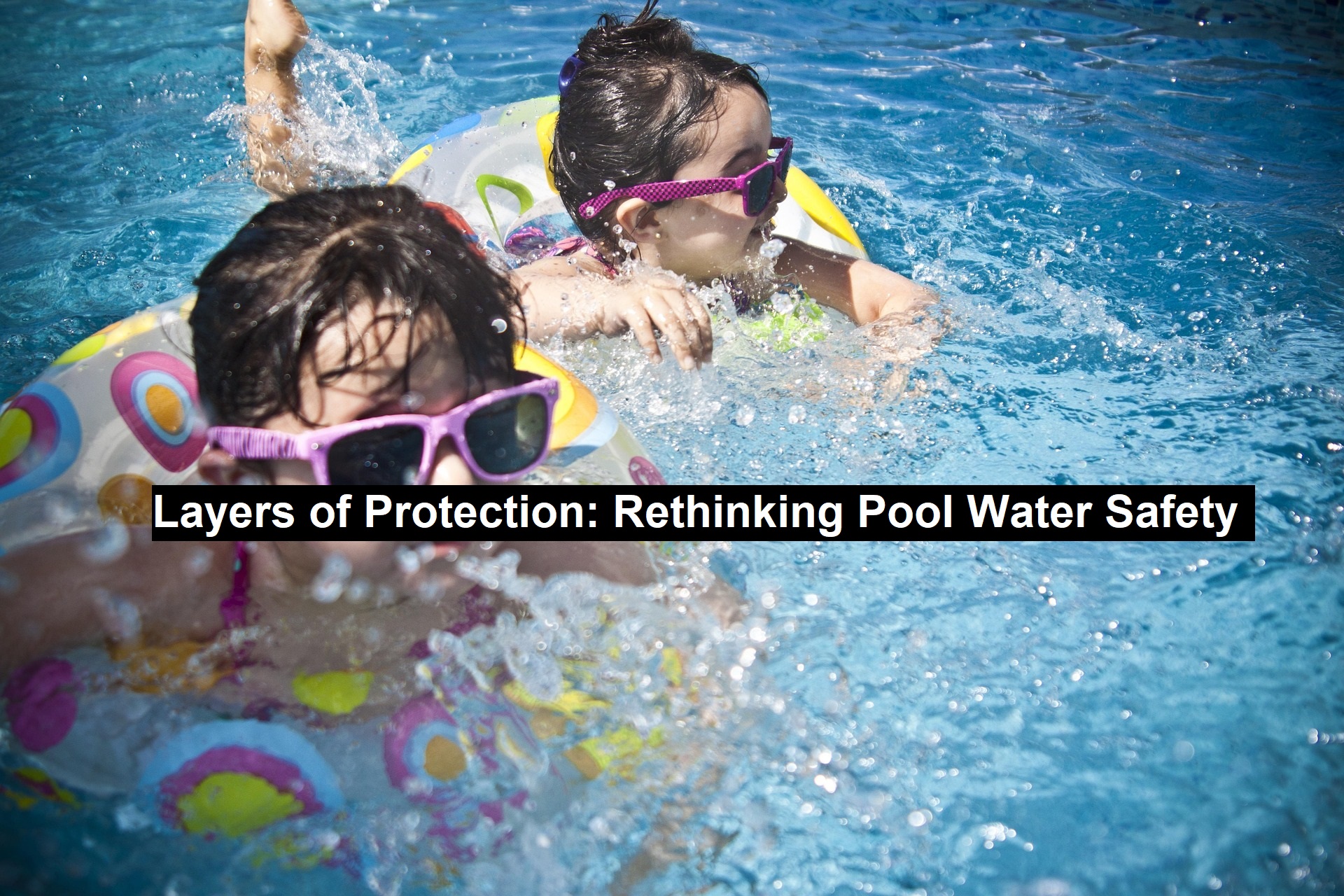There’s more to clean pool water than meets the eye. For commercial aquatic facilities, “clean” is about more than sparkle or scent—it’s about trust. And that trust is earned through science, vigilance, and a forward-thinking approach to water management. In today’s demanding environments, the standard for pool cleanliness has shifted from reactive care to predictive maintenance.
The stakes are high. Water quality can deteriorate in minutes if the right systems aren’t in place. Factors like bather load, air temperature, storm runoff, and pH fluctuation don’t operate in isolation—they collide in real time, affecting the stability of water chemistry. If any one of these variables is ignored, it can quickly compromise disinfection levels, allowing microbial risks to emerge despite a seemingly clean pool.
Read: How To Care For Your Workforce’s Mental Health
The foundation of a healthy aquatic environment lies in a multi-tiered strategy. A dependable system must do more than kill pathogens—it must track, regulate, and adapt. That’s why today’s most successful facilities use advanced tools like digital chemical controllers, UV-C purification, and ozone infusion—not as luxury features, but as baseline components in a comprehensive system.
Crucially, the selection and deployment of commercial pool chemicals play a central role in this equation. Choosing the right formulation—whether for oxidation, pH control, or chlorine stabilization—can determine how efficiently a pool resists contamination. When combined with real-time monitoring, these chemicals provide a stable foundation, reducing the need for emergency corrections and keeping the guest experience uninterrupted.
Training for Prevention, Not Just Reaction
Clean water begins with informed people. Technicians who understand chemical interactions and system thresholds are better equipped to make precise interventions. For instance, recognizing subtle changes in combined chlorine levels or detecting when stabilizers are being overused can help avoid long-term consequences that might otherwise slip by unnoticed.
Facility managers must also take seasonal trends and usage forecasts into account. Peak usage—especially during hot summer months—requires more aggressive chemical balancing and more frequent testing. Smart automation can ease the burden, but it’s the human element that ensures safe decisions are made when unexpected conditions arise.
Clean water is no longer about treating symptoms—it’s about designing a system that eliminates them before they surface. Aquatic centers that embrace this proactive philosophy not only meet industry standards but set new ones. They’re known not just for their amenities, but for the quality and safety of their water.
For a closer look at how waterborne pathogens thrive—and how to stop them—see the infographic that accompanies this article.
Pool-Water-Safety


